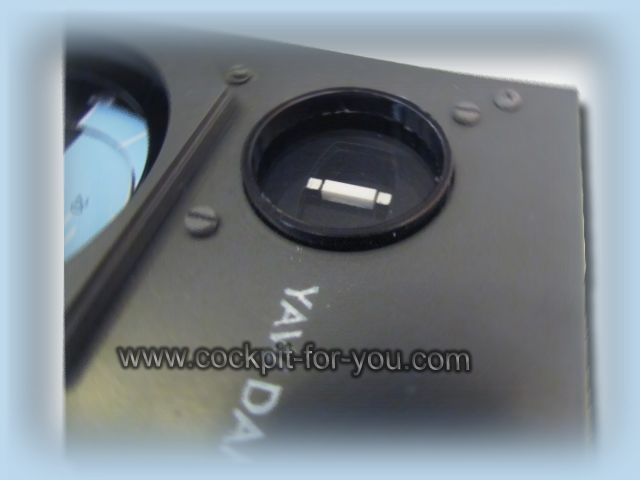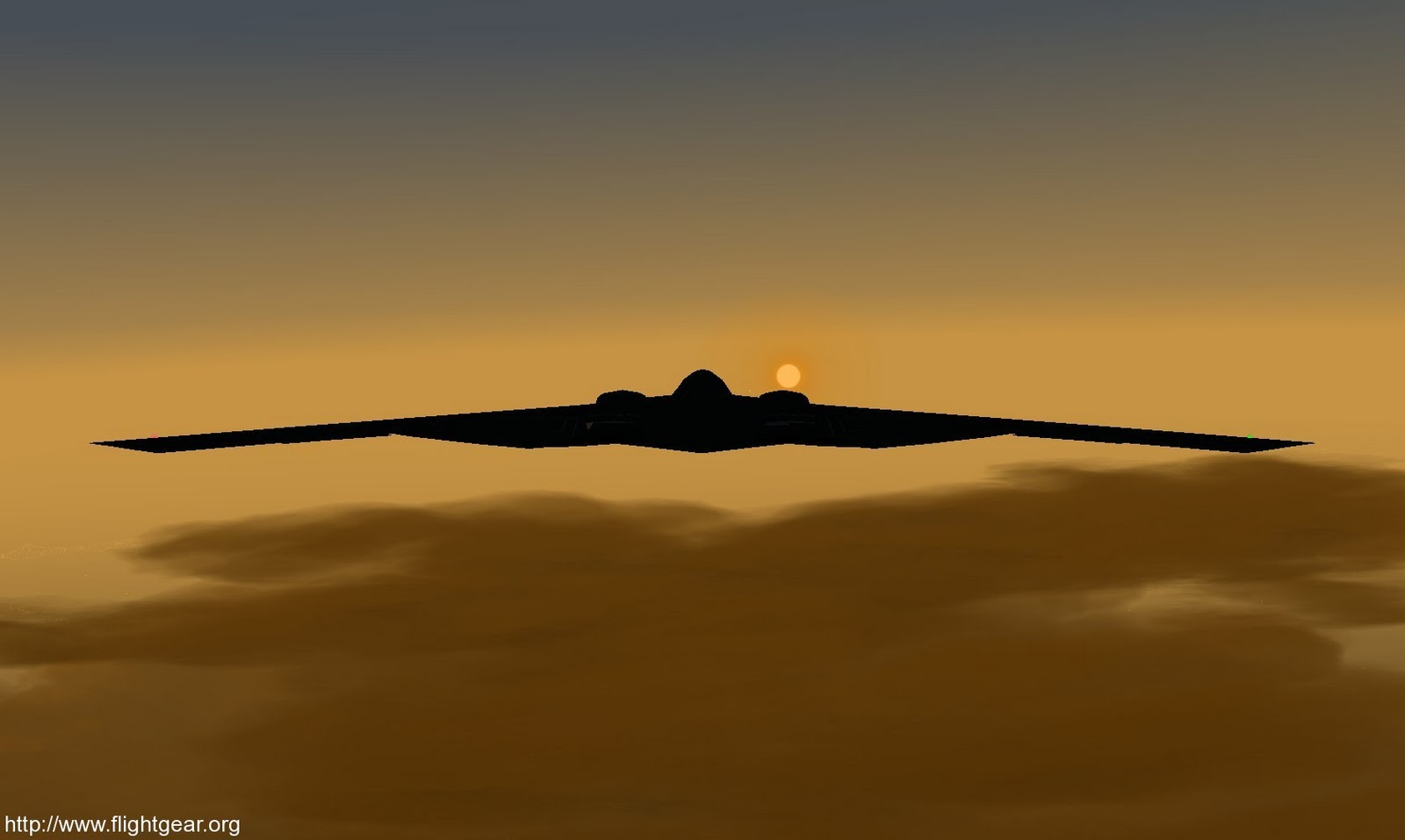

Moment can be negative, which indicates a propeller moving in a counter-clockwise (when looking forward from the cockpit) rotation. Positive moments indicate a clockwise rotation. I recommend finding a reasonable number (on the smaller side for larger props) and adjusting the values after flight trials. Moment is very fuzzy, since accurate propeller weights are hard to find and even if you find it, the mass distribution is known only to the engineers. Not being a pilot of any of the aircraft I've modeled, I have no way to know what is realistic. The reason is that large moments can greatly affect how long it takes a propeller to spin up or spin down, and can have too much roll influence. For larger props I simply go with the plain stick. For smaller props I use the average of the rods and disk methods. Mass(kg) * radius(m)^2 / 3 * (number of blades)Ĭhoose one, or pick several and average the results. I recommend you consider these methods: plain stick method: Moment calculations are approximations, and there are numerous methods available.

Once you know the propeller mass and its radius, you can calculate the propeller moment. Yes, YASim is oddly inconsistent on units. Engine dry weights are easy to find, but finding propeller weights can be take a lot of digging.įor radius, enter the radius of the propeller in meters. Again, mass represents the entire engine and propeller assembly, not just the engine. A cut-away diagram showing the actual engine position can be a useful guide.įor mass, enter the weight of the combined propeller and engine assembly in pounds. Don't base your estimate on an engine nacelle as the engine assembly often takes up only a fraction of a nacelle. Probably you'll have to estimate this location, unless you have really good engineering data for the aircraft. Remember the YASim coordinate system: X axis is forward, Y is left, and Z is up. The propeller element must contain the physical location (ie, center of mass) of the combined propeller and engine assembly expressed as x, y, and z coordinate attributes. Refer to the above complete example to see how each might be used. Some are optional, but most will have to be populated with values. These are the settings that live inside the tag. Let's look at the elements and their possible attributes in detail. Each element will also contain a number of possible attributes. There are other possible elements in addition to these, but you're sure to have these basic ones. A good estimate is better than a wild guess or numbers taken from another unrelated YASim FDM.Īny propeller engine definition is likely to have these elements: If you can't find exactly what you need, try to find information for similar components for other aircraft. Some information can be hard to find, like the weight of the propeller assembly. Certification sheets often provide much of this information. Many of these things you can get from commonly available references or the aircraft model. The approximate location of the thrust bearing The approximate location of the propeller + engine mass CG Propeller assembly + engine weight in pounds Before you start, you'll need to collect some information: You'll have one definition for a single-engine plane, two for a twin, etc. I'll break everything down and talk about each component in detail.Įach propeller-engine unit should have its own propeller definition. There's a fair amount there but not all of it is required for all cases. Don't be discouraged though, because I'm going to show you what I've learned and how you might solve some problems.Ī sample piston-driven propeller engine looks like this:

It can give a pretty good result, but you're going to have to work for it through trial-and-error experimentation. YASim's piston-driven propeller engines are easy to set up, but can be difficult to tune.


 0 kommentar(er)
0 kommentar(er)
